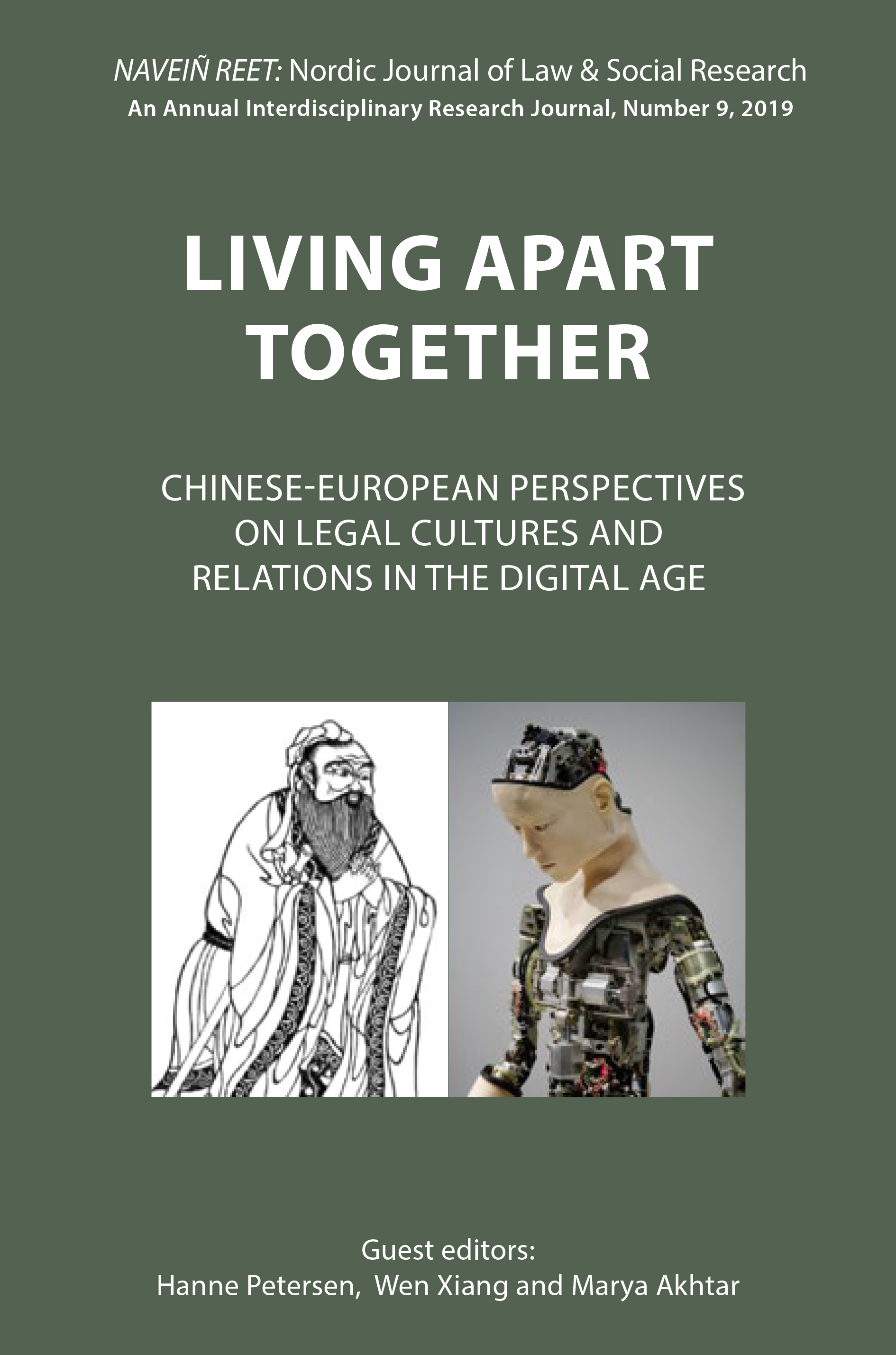Police use of facial recognition technology and the right to privacy and data protection in Europe
DOI:
https://doi.org/10.7146/nnjlsr.v1i9.122165Abstract
This article examines the human rights challenges of police use of facial recognition technology from a European perspective. Based on both international human rights law, the European Convention on Human Rights and EU law, the article argues that the technology challenges human rights. The focus of the article is on the right to privacy and data protection, as this right is fundamentally at risk by the technology. Acknowledging that other rights and guarantees are also negatively impacted by the use of facial recognition technology, the article makes reference to the risk of discrimination, and the unregulated cooperation between State and the surveillance technology industry. However, a central point in the article is that irrespective of whether the technology can be refined to eliminate risk of discrimination, and even if sufficient safeguards for cooperation between State and the industry are put in place, fundamental challenges remain in relation to the right to privacy and data protection. The technology captures the unique facial features of an individual known as biometric data which is highly sensitive data and creates an interference with the right to privacy and data protection. By allowing facial recognition, society allows for an entirely new type of intensive surveillance. The use of the technology also entails a risk of chilling effect on e.g. freedom of assembly which furthers negative implications on human rights. The article concludes that when it comes to police use of facial recognition technologies, States should tread carefully and ensure that a sufficient human rights-based regulatory framework and adequate safeguards are in place before considering using the technology.
Downloads
Published
How to Cite
Issue
Section
License
Counting from number 12 (2022), articles published in NNJLSR are licensed under Attribution 4.0 International (CC BY 4.0). Readers are allowed to copy and redistribute the articles in any medium or format, to adapt and revise the articles, and use the articles for commercial purposes, provided that the readers give appropriate credits.
No Creative Commons licenses are applied on articles in number 1 (2009)-11 (2021). All rights reserved by the authors. Readers are allowed to download, read, and link to the articles published in volume 1 (2009)-11 (2021), but they may not republish or redistribute these articles without permission of the authors.

